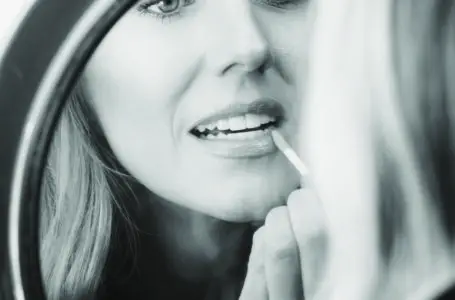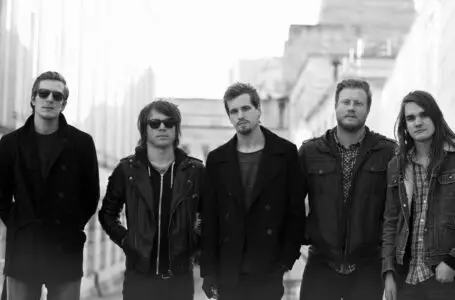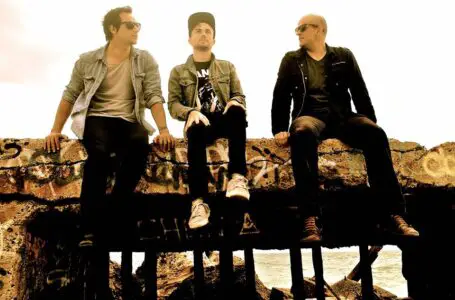On view from: January 1, 2023 ~ January 31, 2023.
Absolutely thrilled to announce my new feature exhibition for Gallery 30 South’s first show of 2023! So grateful to curator extraordinaire, gallery owner & director, Matt Kennedy, for making it possible for me to exhibit exclusively online, in accordance with my admittedly militant zero-Covid stance.
https://gallery30south.com/kelton-phoenix/
‘Seeking to elevate brave Silence Breakers who’ve come forward during the #MeToo movement, Kate Kelton’s portraiture combines their oft familiar faces with elements of her family’s Czech architecture. Her portraits are cloaked in the garb of statues that Ladislav Šaloun sculpted onto the central train station that her great- grandfather, Josef Fanta, designed for Prague between 1901 – 1909. Sampling and mixing her own lineage, Kate has transformed a historical body of work, itself a thing of lasting beauty, exchanging granite for graphite; plaster for paint.
Apotheosis through a reclaimed, reapplied Art Nouveau.
Kate’s recent work is a matter of expansion through contrast – she is as ephemeral as her subjects are concrete architecture; she is structural when her subjects should slip through your fingers like too-fine sand. Taken as a whole, the works in her magnificent series Phoenix are incredibly intelligent, but when looked at individually, you come to understand that these are statements of life beyond themselves. The series take embellishments of a Prague train station designed by her great-grandfather, Josef Fanta, and combines these with portraits of men and women who have stood against the sexual harassment and assault rampant in Hollywood –particularly those who have testified against Harvey Weinstein, R. Kelly, and Bill Cosby, and made allegations against Franco Zeffirelli, Donald Trump, Russell Simmons, Max Landis, Michael Jackson, Nick Carter, Luc Besson, and others. These women, like Kate herself, have suffered in the era where powerful men, every bit as immovable as the train station, wielded their power without check. The portraits emblazoned on architectural elements, they are marked against the edifice, every bit as permanent, and perhaps even more defining. If you approach those as portraits, you’re taking the moment but missing the permanence. If you take them as statuary, you’re missing the fact that they are, in fact, alive within those gazes. It’s really incredible how much a shift of the light, a dart of the eye, can turn each of them from a memorial into a promise.
This is not an exhibition about tragedy. This is a monument to courage, survival and empowerment.’












